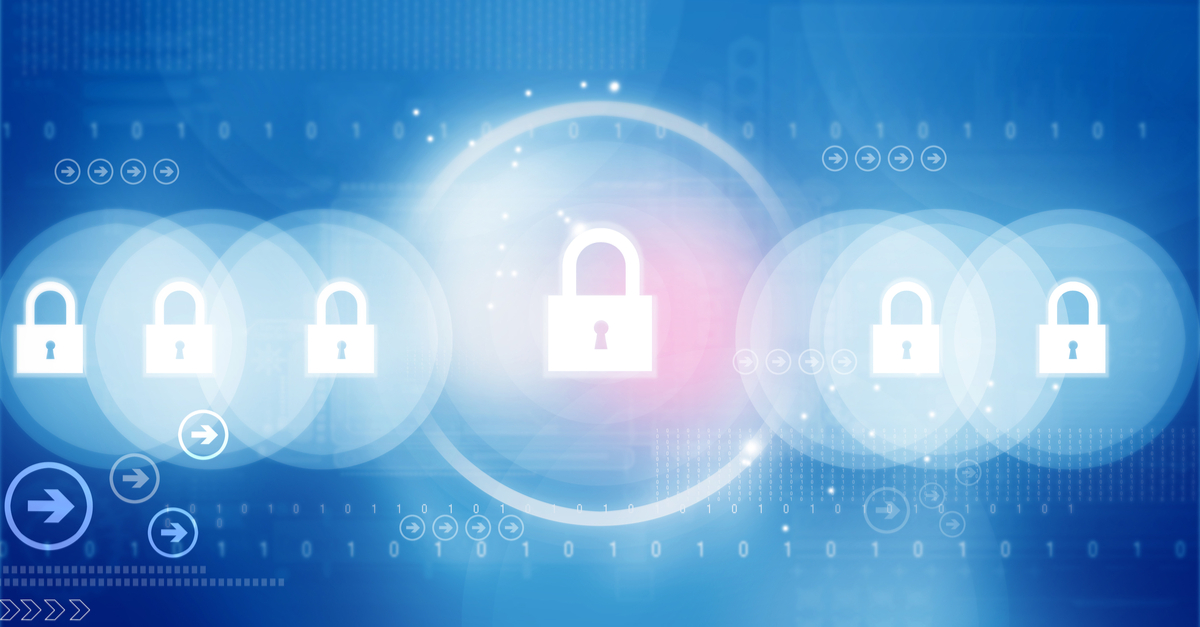We know ransomware is one of the greatest threats in cybersecurity currently, and we know that once your organization has been hit, you’re likely to be targeted again. But how much do we understand its impact?
To gain greater insight into the risks of repeated ransomware attacks, we took a look at The State of Endpoint Security Today. This report details the findings of a survey polling more than 2,700 IT decision-makers from mid-sized businesses across ten countries.
Despite the splash ransomware made in 2017, the survey found that organizations are still not fully prepared to face today’s rapidly-evolving threats.
What was the impact of ransomware in 2017? For starters, more than half of organizations surveyed were hit with a ransomware attack last year, most more than once. Traditional antivirus alone appears to be insufficient, as 75% of the organizations surveyed were running up-to-date endpoint protection when the ransomware attack occurred.
Perhaps unsurprisingly, the survey also found that ransomware attacks are expensive. The median total cost of an attack was $133,000 – not just the cost of the ransom, but lost hours, downtime, device and network costs, and lost opportunities. And when a business was hit hard, it got costly fast: 5% of respondents reported ransomware attacks that cost $1.3 to $6.6 million.
Arguably more telling than the ransomware statistics revealed by this report are the findings uncovered about exploits and anti-exploit technology. Nearly 70% of IT professionals weren’t able to correctly define anti-exploit technology, even while understanding that it is critical to prevent modern, evolving attacks.
More than half of organizations don’t yet have anti-exploit technology, leaving them open to falling prey to these effective tactics by hackers.
There is a lack of understanding around predictive, next-generation technologies like machine or deep learning, with more than half (56%) admitting they don’t fully understand the differences between machine and deep learning. Though the understanding of the need for predictive, next generation technology is trending in the right direction – 60% of respondents are planning to implement such technology within a year – currently only 25% have such technology in place.
The state of endpoint protection and how current attacks are impacting users and administrators may be worrying, but we’ve got good news…
The latest version of Intercept X stops ransomware in its tracks, employs deep learning to identify malicious or potentially unwanted files without having ever seen them before and uses anti-exploit technology to block the techniques attackers use to control vulnerable software.
Find out more about our unmatched next-gen endpoint protection.

virtuallyonit
I think RCA of a ransomware attack is critical and any first response, should be to isolate any spread what so ever.